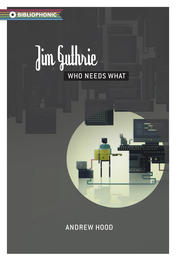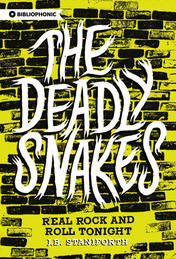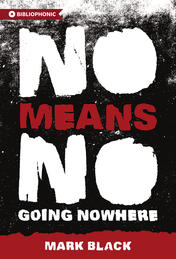Rock

When I bug Aaron Riches for his memories of the young James Edward Guthrie he met at Waverley Drive PS, he laughs: “Jim had the exact same haircut as he does now. He really looked the same. Jim hasn’t changed. I think he was born how he is.
“Of course…” Aaron tempers his amusement some. “Everyone grows.”
Three quarters of what would become Royal City met at this time, at Waverley. Both Aaron and Jim are Guelph-born. Simon Osborne, bassist for that band and player on most of Jim’s albums, moved from Ottawa in Grade 7.
Simon was into skateboarding and made friends that way after relocating. Through a skating friend he heard about this “cool guy from across the street” who had a Vision Psycho Stick and could do kickflips. “So I met Jim,” he remembers, “and he could do the kickflips that were described. And I thought Jim seemed pretty awesome, too.”
The earliest first Jimpression comes from Steve McCuen, childhood chum and collaborator on a hard-to-place project, Mandrills. In “Rap Song 2000,” Steve rhymes his memories of first meeting Jim: “I can remember being back in grade 3 / It’s in September—’82—it’s where I first met Guthrie… He sold his Mite-Y-Mite bike to my younger brother Mike / and told us how to ghost ride the damn bike.”
“I just remember getting huge laughs,” Jim recalls when I ask him about ghost riding, a trick where you leave a moving bike and it continues independent of you. “You did that and everyone’d be on the grass. If you could make a bunch of kids laugh by having skill enough to jump off your bike in such a way that it coasts silently… I was one of those kids who had, like, no confidence, but who had hand-eye coordination.
“And I could throw a rock,” he goes on, “Like, really far. Or straight up in the air and everyone would be like, ‘Holy shit!’ You couldn’t even see it anymore. And it would take 30 seconds to hit the ground. I remember moments like that. Just doing little things that gained immediate [attention].
“Even still… I went to the cottage with a few people [recently] and I pulled out the ol’ rock throwin’ arm, and I still had it. I always attributed it to a good, stout frame. And I have these whippy, elasticy arms. I think there’s a real kind of physics there. I think if you got somebody to measure my body, they’d be like, ‘This is optimal. These are the dimensions you’d use to build one of those David and Goliath slingshots.’
“I made one of those [slingshots], too. When I was younger I used to be really crafty and self-reliant. But the whole while I was trying to choke down a stutter.”
Two years older than Jim, Stephen Evans met Jim on the block. “He was about 12 or 13,” he says. “I think I remember him stammering a lot and being quite shy, but he was also very athletic. He was built like a little gymnast. He was an amazing skateboarder and he was an amazing breakdancer. Well, not an amazing breakdancer, but he spent time learning that stuff. He could moonwalk. I didn’t know anybody who could moonwalk.
“He moves so beautifully, this little man.”
But Stephen stresses that Jim was never a show-off. “I think he just liked devoting himself to learning something and seeing if he could pull it off.”
Jim’s character, like his music, is a unique balance of reservation and razzmatazz. He’s never been someone to trumpet a project, but the work itself, and his dedication to it, has always had such a visible aplomb that drawing attention is inevitable.
To hear it from Jim’s friends, the guy stood out in adolescence; to hear it from Jim, it was the opposite. “When I was younger,” he says, “I didn’t like being the centre of attention because normally, when I was the centre of attention, I was stuttering in front of a class. So I sort of learned being the centre of attention doesn’t always feel good.
“I used to think of myself as a bit of a Seabiscuit,” he says. “In as much as Seabiscuit is sort of a lame horse that nobody wanted. I wasn’t super book smart when I was younger, and I had that stutter, and when I was born my legs were all kinda twisted and turned in. I had to wear casts on my legs for the first little bit of my life. I was always just sorta short and runty. Now that’s all in the past, and I guess it was a big deal at the time. Now, when I put [those issues] under a microscope, they all seem like big little things, a great deal of who I was when I was younger.
“But I learned a lot from those early struggles and it sort of showed me how to adapt and reinvent myself over the years.”






